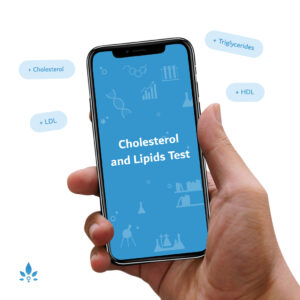Oral Thrush vs. Milk Tongue: What is White Tongue?


There are a few reasons your baby might have a white tongue, including thrush, tongue tie, and an unusually high hard palate in your baby’s mouth.
Thrush
Thrush is an overgrowth of a type of yeast known as Candida albicans. If the cause of the white coating is thrush, it will not wipe off easily. Other symptoms may include a diaper rash for your baby, sore and burning nipples for mom, and even vaginal yeast.
Risk factors for thrush include antibiotic use in pregnancy, antibiotic use while breastfeeding (either mom or baby), or a history of yeast infections.
Tongue tie and palate Issues
The white tongue might also be caused by a build-up of milk, a condition sometimes called “milk tongue.” Under normal circumstances, excess milk is sloughed off your baby’s tongue while nursing or feeding as the tongue makes contact with the hard palate. In some babies, however, the tongue can’t reach the hard palate, so there’s no friction to wipe away excess milk.
This lack of contact is typically caused by one of two factors:
Tongue tie. This condition occurs when the frenulum, the tissue that connects the tongue to the floor of the mouth, is too restrictive, resulting in tongue tie. When the tongue is “tied,” it is unable to reach high enough to touch the roof of the mouth. This lack of contact between the tongue and palate allows for the milk to build up.
A high hard palate. The hard palate, or roof of the mouth, can be elevated or arched in such a way that the baby’s tongue doesn’t reach it. This can be caused by tongue tie itself, as the middle of the tongue pushes up on the palate and forces it up, or by gestational position or birth trauma. During gestation, some babies are positioned so their heads are stuck in the pelvis or in a breech position. At this stage, the bones in the skull are very malleable, making it possible for the abnormal position to affect the oral cavity. The palate can also be affected by birth. If the baby is in the birth canal for a long time during labor, it can affect the shape of the oral cavity and skull. Similarly, if a vacuum or forceps are used, it can impact the shape of the head and the oral cavity.
How can I tell thrush from another condition?
You can use a soft cloth to wipe your baby’s tongue. If the white coating can’t be wiped off, it’s most likely thrush. Typically, a 14-day anti-fungal course is needed to eliminate the yeast completely. Avoiding sugars, both natural and artificial, and dairy products can also help.
If the white coating wipes off, it’s not thrush. Consult your pediatrician if you’re concerned about tongue tie, especially if the limited range of motion is causing breastfeeding to be painful. Tongue tie can usually be corrected with a simple surgery.
If the condition is caused by a high palate, your pediatrician can likely direct you to professionals who can help reshape the affected bones. A high palate is associated with other health concerns as well and should be looked at by a pediatrician.
Sources:
- American Academy of Pediatrics
- Breastfeeding: what to do about ankyloglossia. National Health Service, UK
- Oral thrush in babies.
Powered by Bundoo®












































